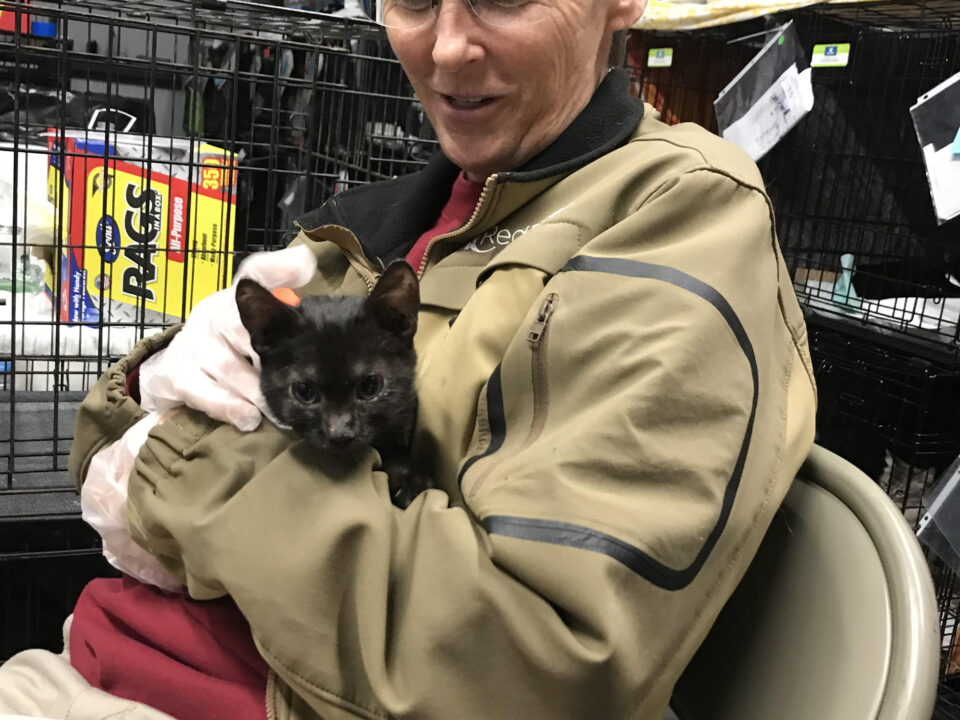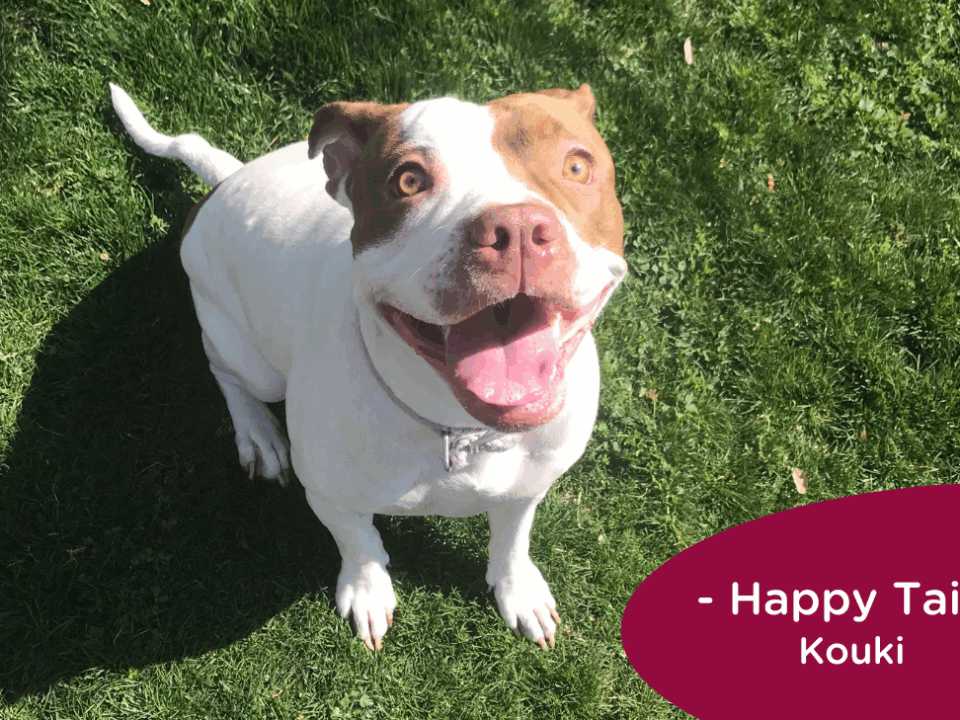Pet-friendly travel: Avoid these 8 mistakes
September 4th, 2018
By Freddie Tubbs, Guest Blogger

Traveling with a pet can be a fun adventure, but it can also come with a fair share of stress. Fortunately, you can avoid unnecessary complications by preparing ahead of time and being responsible for your pet’s safety – and thus ensure a smoother trip for everyone. Here are eight mistakes to avoid when traveling with your pet.
1. Inadequately researching hotels
Are you a last-minute kind of person? When it comes to traveling with your pet, it’s essential to plan ahead, and that’s especially important in booking your hotel. The last thing you want is to arrive at your hotel, only to learn that they don’t accept pets — or find that you’ll be charged an exorbitant amount for your four-legged friend to stay with you. Be sure to research pet-friendly hotels in advance, and check to see how much you’ll be expected to pay. You’ll also want to confirm what kinds of pets are acceptable (in case you need to leave your iguana at home!).
2. Failing to update microchips and tags
Your pet should be properly tagged and microchipped even when they’re staying close to home, but this is especially important when they’re traveling with you. Make sure you have a durable collar for your pet with up-to-date ID tags, rabies vaccination tags and city or county licenses. The ID tag should include the pet’s name and your name, address and telephone numbers.
If you haven’t already, consider also having your pet fitted with a microchip. Microchips are a failsafe if your pet gets lost or separated from you and serves as a permanent identification system. These tiny chips are the size of a grain of rice and contain a unique ID number that matches with your contact information in a database. The chip is implanted under your pet’s skin so that if your pet is found without their tags, animal shelters and most veterinary clinics can scan the animal for a microchip and ensure a safe reunion with you.
3. Driving without restraints
Restraining your pet while you’re driving helps prevent distraction and possible disruption. Purchase a carrier or restraining harness that has a good safety rating, and never allow your pet to sit in the front seat –if an airbag deploys, it could seriously injure or kill your pet. Also remember never to leave your pet in the car, especially if it’s hot outside. On warm days, cracking the window and parking in the shade aren’t enough to keep them cool.
4. Pet health problems
If you’re traveling with your pet, they should be in good health. But the airline you’re flying with doesn’t know that. You need a health certificate, which you can get from your veterinarian. If you’re traveling to another country, be sure your pet has all the immunizations required for them to enter that country. You might also want to research and contact a veterinarian located where you’ll be staying ahead of time, in case of emergency.
5. Failing to check airline travel pet policies
If you are considering flying with your pet, be mindful about the time of day you fly, and avoid flying during a holiday rush when possible. Before you book a flight, carefully check airline policies regarding the care of pets and the restrictions around short-nosed breeds (which are more susceptible to breathing difficulties), when pets can be brought on board with you, forecasted temperatures and number of connections. Although many airlines have wisely updated their policies to help minimize the chance that a pet will be left in conditions that are too hot or too cold, to be safe, choose travel times that will avoid temperature extremes and consult with your veterinarian on any additional risks.
Many airlines do allow pets to be with you in the cabin, but there is usually an additional fee and some rules when it comes to weight and breed that you’ll have to follow. And of course, some airlines are better suited for your pets than others. Before traveling, research the policies of an airline. For example, Blue Star Jets are extremely pet-friendly: they can fly your pets in the cabin with you anywhere in the world, and their staff is trained in pet CPR. American Airlines allows small pets to fly in the cabins for a fee (reservations required), but check their website for more information on limitations. With Alaska Airlines, only some types of pets can travel in the cabin for a fee, and some can be flown only in the cargo area.
Make sure you fly with an airline that allows reservations for your pets. Booking a flight on an airline with a first come-first serve basis won’t guarantee you can take your pet with you — especially if you arrive late.
If your pet is allowed in the cabin, the general rules with all of the airlines is that they have to stay in their carrier, and in some cases under the seat. Never put your pet in the upper compartment.
6. Forgetting food and equipment
While there are likely shops in your destination where you could buy pet food, supplies and equipment, they can get quite expensive. There is always a possibility that you won’t find the exact brand you want or need. It’s a good idea to bring food for at least three days until you can locate a good provider in your destination or find a replacement for your pet’s food.
Remember not to give your pet human food just because you are on vacation. This could cause your pet serious issues, so stick to their regular diet.
7. Not having a before-flight ritual
Keep in mind that your pet will have to be restrained for hours with no food or water during a flight. Several hours before the flight, you should give them plenty of water and food and then take them outside to give them enough time to play and do their business. This will help them get tired, and you won’t have to give them calming drugs to ensure their safety in-flight. This ritual may take time but it will definitely help your pet feel better. Play with them, run or whatever is possible with your pet as much as you can to ensure they have spent enough energy.
8. Flying (or driving) blind
If you have never driven for a longer period of time with your pet before, it might be a good idea to practice a bit before you head out on a road trip. Do this a few times before your departure: put your pet in the car with a proper restraint and drive around for an hour or so. You’ll be able to see how your pet behaves and prevent any unwanted events. Make sure that you take a lot of breaks when you actually start driving to your destination. This will be good for both you and your pet.
Let the adventure begin!
The best way to ensure a low-stress trip with your pet is proper preparation. You can’t foresee every problem that could arise, but you can prevent most issues with some careful planning. Avoid these eight mistakes when embarking on pet-friendly travels, and you’re more likely to enjoy smooth sailing on your next adventure.
___
Freddie Tubbs is a blog editor and writer at Ukwritings. He also works as a content strategist at Boomessays and is a regular contributor at the Vault and Essayroo blog.



